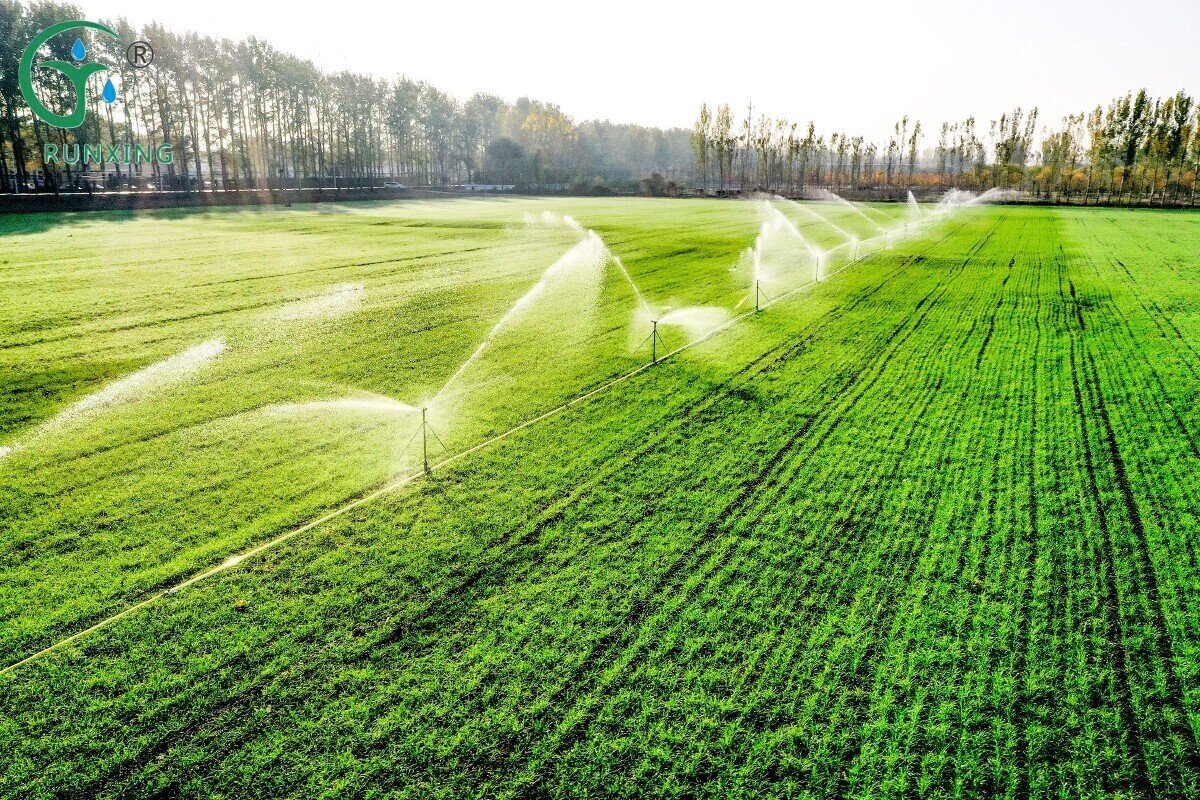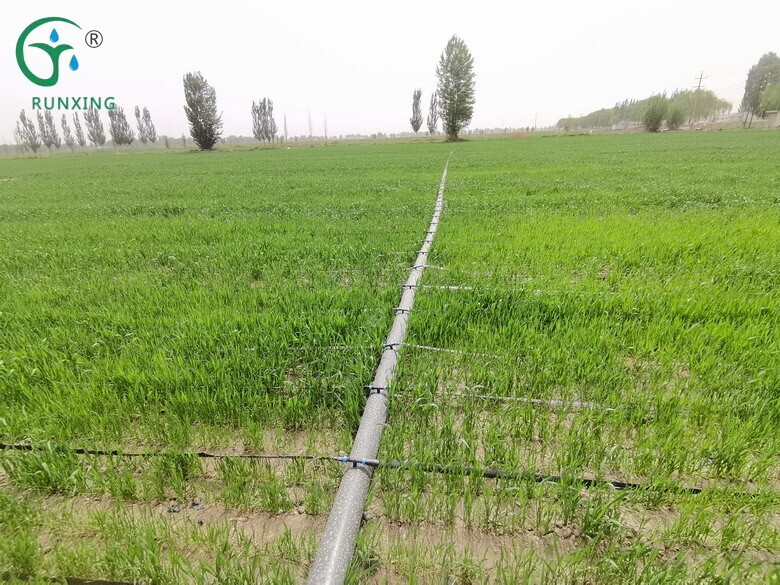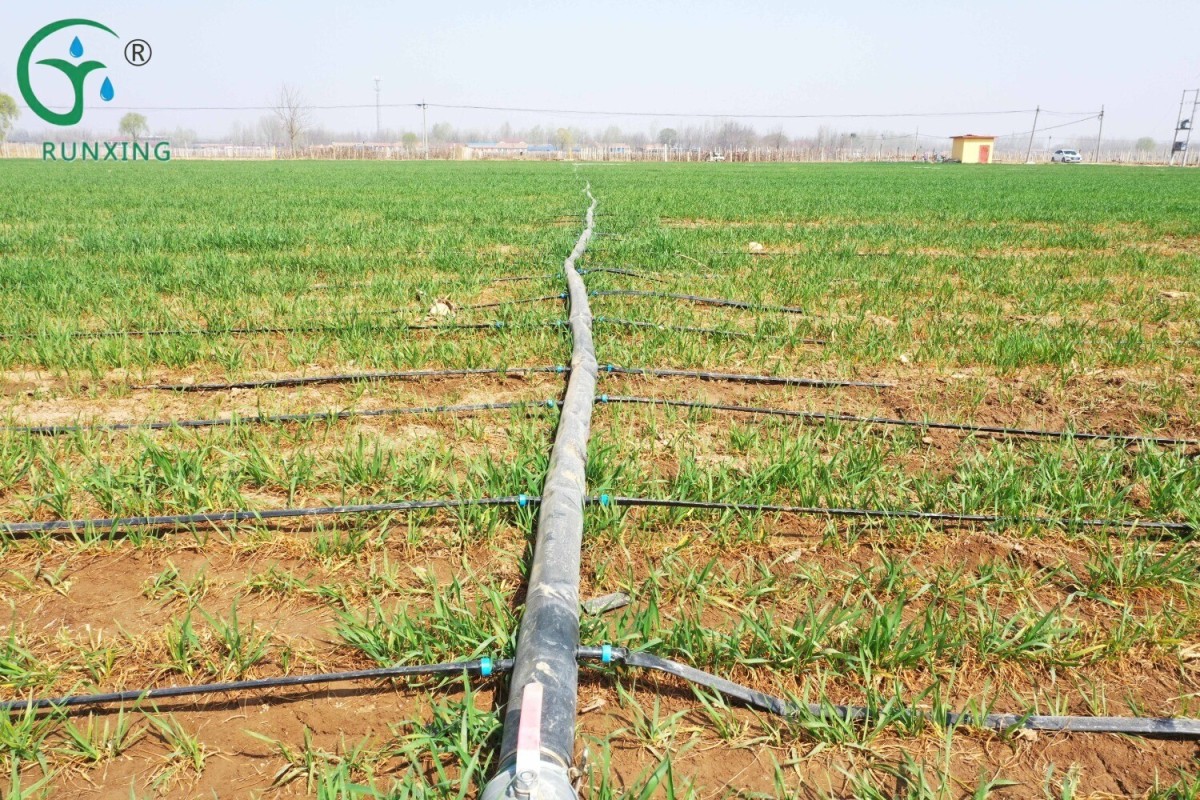Argentina: Wheat Cultivation and Drip Irrigation System Education
Argentina is a significant agricultural country, ranking among the top in the world in terms of grain production and quality. Wheat is one of the crucial crops in Argentina's agricultural production. However, despite the abundant annual rainfall in eastern Argentina, extreme weather phenomena such as droughts also occur, making irrigation vital for wheat cultivation. This article will explore whether drip irrigation systems are necessary for wheat cultivation in Argentina, as well as the selection, installation, water usage control of drip irrigation equipment, and wheat cultivation techniques.

I. Necessity of Drip Irrigation Systems for Wheat Cultivation in Argentina
Eastern Argentina's agricultural production primarily focuses on soybeans, wheat, and corn, which require substantial water during their growth periods. Although the annual rainfall in this region is adequate, irrigation remains a necessary practice for farming under certain circumstances. As a water-saving and efficient irrigation method, drip irrigation offers significant advantages in wheat cultivation in Argentina. Through drip irrigation, water is delivered directly to the wheat roots, reducing evaporation and wastage while enhancing soil moisture and promoting wheat growth.
II. Selection and Installation of Drip Irrigation Equipment
Selection of Drip Irrigation Equipment
Drip Tubes: Choose reliable and corrosion-resistant drip tubes to ensure long-term stable operation.
Drippers: Drippers should be evenly distributed to ensure that each wheat plant receives adequate water.
Filters: Install filters to prevent impurities from clogging the drippers and ensure the irrigation system remains unobstructed.
Installation
Digging Trenches: Based on the terrain and size of the wheat field, dig trenches for laying drip irrigation pipes.
Installing Pipes: Lay the drip irrigation pipes in the trenches according to the design, ensuring tight connections and no leakage.
Installing Pressurization Equipment: Install pressurization equipment, such as pumps, to ensure adequate water pressure in the drip irrigation system.
System Debugging: After installation, conduct system debugging to ensure the drip irrigation system operates normally.

III. Water Usage Control and Irrigation Management
In wheat cultivation in Argentina, the water usage of the drip irrigation system needs to be determined based on the wheat's growth requirements and soil conditions. Generally, wheat growth requires maintaining the soil's relative water content between 60%-80%. The appropriate water content varies during different wheat growth stages. For instance, during the overwintering period, the soil water content should be maintained between 55%-80%, while during the green-up to jointing stages, 70%-80% is preferred.
To precisely control water usage, the following measures can be taken:
Installing Water Meters: Install water meters at the entrance of the drip irrigation system to monitor water usage in real-time.
Smart Irrigation Systems: Employ smart irrigation systems that automatically adjust irrigation volumes based on soil moisture and wheat growth needs.
Regular Testing: Regularly test soil moisture and adjust irrigation plans according to the test results.
IV. Wheat Cultivation Techniques and Precautions
Variety Selection: Choose wheat varieties that are adapted to the local climate and soil conditions, such as high-yield, disease-resistant, and lodging-resistant varieties.
Precision Seeding: Adopt precision seeding techniques to control the seeding rate and avoid over-planting, which can lead to excessive nutrient consumption and pest and disease outbreaks.
Timely Watering: Based on wheat growth needs and weather conditions, water the wheat in a timely manner to ensure it has adequate water during growth.
Rational Fertilization: Based on soil test results and wheat growth needs, apply fertilizers reasonably to improve soil fertility and promote wheat growth.
Pest and Disease Control: Strengthen pest and disease control efforts by combining agricultural, biological, and chemical control methods to ensure wheat grows healthily.

V. Enhancing Cultivation Techniques
Soil Management: Improve soil structure and enhance soil water-holding capacity through deep plowing and soil loosening measures.
Soil Compression: Compress wheat fields planted early or with excessively large populations to disrupt soil capillaries and reduce soil water evaporation.
Chemical Regulation: Use chemical regulators to control wheat growth, such as plant growth regulators like chlormequat chloride, to prevent wheat lodging.
Timely Harvesting: After wheat ripens, harvest it promptly to ensure wheat quality and yield.
In summary, adopting drip irrigation systems in wheat cultivation in Argentina is necessary and effective. By selecting appropriate drip irrigation equipment, scientifically installing it, precisely controlling water usage, and adopting reasonable cultivation techniques and management measures, wheat yield and quality can be significantly improved.
If you have any needs, please contact us.
About Us
We are dedicated to offering innovative, water-saving, and labor-saving irrigation solutions for agriculture worldwide. Our focus on quality and continuous innovation drives the development and progress of the industr
LOGO
This stunning beach house property is a true oasis, nestled in a serene coastal community with direct access to the beach.
Opening Hours
Monday - Friday : 9AM to 5PM
Sunday: Closed
Closed during holidays
Contact
+18888888888
hezuo@eyingbao.com123 West Street, Melbourne Victoria 3000 Australia
